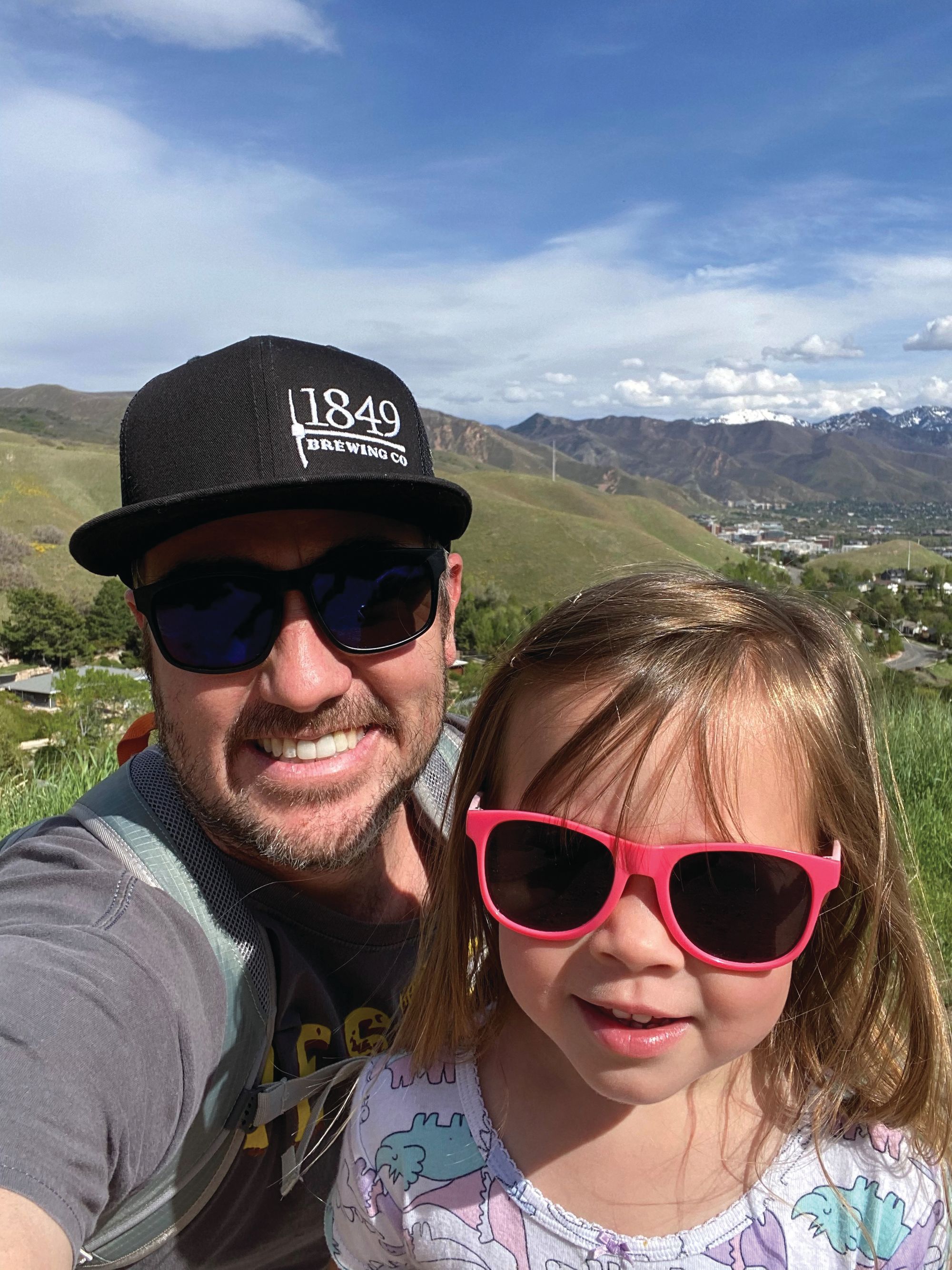This article was published in the Summer 2021 issue
by Mateo Muñoz, COO, Duuzra
“Thoughts on moving to Utah?” I remember these words coming out of my mouth in New York in early April of 2014. After 6 months of planning to move to San Francisco, a marriage to my lovely wife and climbing partner Alexis Chadburn, and less than a full year into my job at Duuzra (dba Eventpad at the time) my former CEO let me know that we would no longer be opening up an office in San Francisco but would be opening up our West Coast branch in Salt Lake City instead. The rental market in San Francisco, both commercial and residential, had exploded between 10 and 25 percent from January of 2013 to December of 2013 and was continuing to rise. I understood the CEO’s decision from a business perspective, but the routes or options we now had in front of us were less than ideal. The original path to San Francisco was a great career opportunity for both my wife and I and it would get us back to our native State of California and closer to our families. However, in the span of a short five-minute conversation the clear path to what was an expected easy summit had been washed out and there was no longer a clear and easy way to the top.
I am not a typical climber/mountaineer, and the majority of my climbs, by my definition, aren’t even on actual mountains. To me a mountain or peak manifest as a goal or a challenge. Some peaks are simple, some are difficult. Unfortunately, for my climbing partner/wife I typically choose very large difficult climbs with lots of variables. When we get to the top, we feel accomplished, and the views are amazing, but the actual climbs are often brutal and different every time. When I reflect on my previous summits, both literal and figurative, I don’t believe I’ve reached my highest peak- or at least I hope I haven’t. I would also say I’ll most likely never make it to the highest peak I set out to climb, not for a lack of effort, but because my peaks are constantly changing and so are the climbing conditions.

So how do I pick my climbs? The first question to myself is, do I think I will enjoy the climb, or at least elements of it? The second is, do I think that I can make it to the summit? If the answer is yes to either of those questions it is time to start plotting a course to the top. The key for me has always been to stay the course, while not being afraid to admit error and correct on the fly as necessary. It is a rarity that I reach a summit without having made an adjustment or two due to unforeseen circumstances or an initial improper calculation. Utah, initially, was not a summit for my wife and I. The original route plotted had Utah as a marker, a place to rest, a place to get us closer to family, a place where we could stay for a couple of years and once the business took off, head the rest of the way to California. The route was set, we began our ascent, and the only thing to do was to make adjustments if needed.
How do I get ready for a climb? There is no simple answer, it really depends. Have I taken on too large of summits without proper conditioning? It depends on who you ask. If you asked my brother-in-law about the time we hiked to the peak of Park City Mountain Resort during near white out conditions in search of some powder, the answer would be a resounding yes. We were dead tired when we got to the top, but the fresh powder on the way down the mountain was well worth the climb. A true back country skier or boarder would most likely be saying “What dude? That’s an easy hike!” My answer to that would be for you yes, super simple, but for many others it would be one of the most difficult things they have done. We are all different people and for all of us challenges manifest differently. For my brother in-law-and I on that day, difficulty was middle of the road. Today, we could still do it, but the difficulty would be marginally harder. For someone else, then or now, it could have been a non-starter as much as it could be basic for those true back country folks. Many times in life we forget that our path is different from others and what we might think is a 3/10 difficulty rating might be a 9/10 for someone else. It’s something I try to remind myself of constantly. Each of our paths to the summit, while potentially similar, are ultimately different in the end.
How do I deem something a summit and is the climb still a success if I don’t actually summit? The great thing about a climb is that it is yours. You can decide to climb to the top of the summit, or maybe your summit is the halfway point- you can make it whatever you want it to be. A successful climb is what you deem that to be. In my twenties and early thirties if things did not execute to plan or a goal was not hit, it felt like absolute catastrophe. From my current perspective, an initial summit plan might fail, but if I have learned something along the way or pivoted to another ascent and I’m still climbing, success! Having been involved in startups and the tech industry, this notion could not ring truer most days in a week. Most tech founders and executives will note something similar, “move fast and break things,” “success is a series of small wins,” “evolve or die,” “never give up, never surrender.” I tend to stick to a piece of advice I have given friends, colleagues, and myself over the years: Be selfish, work on yourself, be happy with yourself, then be selfless, help others, and the rest will come.
Seven years, a successful business turnaround (a story for another article), a home remodel, the arrival of our strong, loving, independent daughter Sloane, and getting deeply entrenched in Utah’s tech and political communities later, is California still a summit? Maybe someday but for now and always I’m a Utahn as much or more than I was/am a Californian and New Yorker. There are still a lot of unknowns for me, but a couple things I do know: Utah is home, has a great tech community, and I’m lucky to be here and doing what I’m doing at this time, in this place. We have a great network of friends, family, and colleagues that help us reach our summits and help us on our route along the way. I have an amazing climbing partner(ship) with Alexis built on trust, equality, mutual respect, and communication, which I would argue is the foundation of any partnership. I’m ascending quite a few different mountains at the moment and that next one is always on the horizon. I will leave you with a great quote and one of my favorite questions to ask of others. The inimitable Nelson Mandela said, “After climbing a great hill, one only finds that there are many more hills to climb,” which begs the question, what mountain are you climbing next, and how are you going to reach the summit?
Take Our Survey
Hi! The Silicon Slopes team is interested in your feedback. We are asking for a couple minutes to quickly provide feedback on our Silicon Slopes quarterly magazine publication. Click HERE and share your thoughts with us. Your responses will help us improve. Thanks!
*Read the latest issue of Silicon Slopes Magazine, Summer 2021


